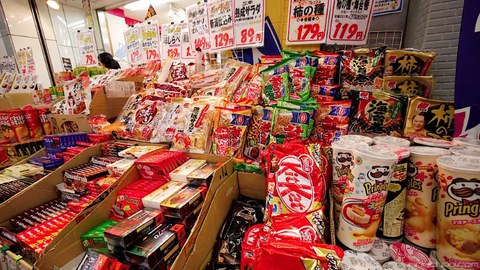Pop culture — bestbydate

Understanding Best Before and Expiration Dates in Japan
In Japan, two types of dates are commonly seen on food products: the best before date and the expiration date. Here's what you need to know to make informed decisions when purchasing and consuming food products in Japan.
Best Before Date - 賞味期限 (shoumikigen)
The best before date is an indication of when a product will taste its best, as intended by the manufacturer. It is used for products that have a long shelf life and do not spoil easily, such as dashi, snacks, and frozen foods.
It's important to note that the best before date does not necessarily mean the product will go bad on that date. Instead, it can be thought of as a "sell by" date.
Expiration Date - 消費期限 (shouhikigen)
The expiration date is used for fresh products that spoil easily, such as bentos, fresh meat, and some sweets. This date indicates when the product is no longer safe to consume and should be discarded.
Understanding the Date Format on Japanese Food Products
When reading dates on Japanese food products, it is important to note that Japanese dates are typically written with the year first as Year.Month.Date. For example, May 12th 2023 would be written as 2023.05.12 or 23.05.12.
Using Your Judgement
Japanese manufacturers tend to set best before and expiration dates conservatively. This means that products may still be safe to consume beyond their expiration date, but it's important to use your own judgement and follow any storage instructions provided on the packaging.
Final Thoughts
Understanding the difference between best before and expiration dates is important for ensuring that you are consuming safe and fresh food in Japan. By paying attention to these dates and using your own judgement, you can make informed decisions when purchasing and consuming food products.

- Joanna Kochanowska
- Tags: bestbydate expiration date